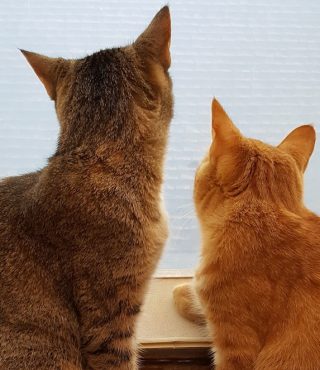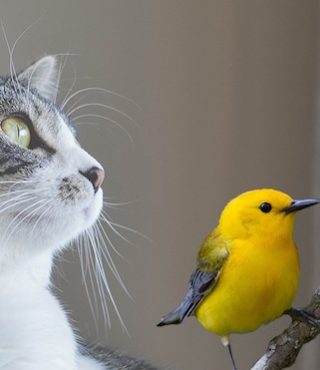Burrowing Owls

Burrowing Owls are one of North America’s smallest owl species; they are only slightly larger then an American Robin. They are a sandy colour, covered in white spots, and have bright yellow eyes. They live in underground burrows made by prairie dogs, ground squirrels, skunks, tortoises, or themselves. Burrowing Owls live in open habitats such as grasslands and deserts. Their main source of food is insects and rodents, which they hunt for both during the day and at night.
The Burrowing Owl is listed as Endangered in Canada under both the Committee On the Status of Endangered Wildlife in Canada (COSEWIC) and the Species at Risk Act (SARA). They have declined by 46% between 1966 and 2014.
Loss of habitat (due to agriculture and development) has dramatically effected burrowing animal populations, resulting in a sharp decline in burrowing owl numbers. The prairie dog and ground squirrel population decline lead to a loss of nesting sites, and other contributing factors include pesticides, vehicle collisions, hunting, entanglement in fences (and other manmade hazards), and predation by introduced animals (such as the domestic cat).
Burrowing Owls are quite vulnerable to domestic cat predation because they forage and nest on the ground, and so spend much of their time there.
Want to help Burrowing Owls? Click here to sign Nature Canada’s petition to protect this species grassland habitat.
Grasslands are one of the most imperilled ecosystems in Canada. PFRA grasslands include almost all the best remnants of mixed-grass prairie in Canada, providing critical habitat for at least 31 species at risk such as the Greater Sage Grouse and the Burrowing Owl.
Information for the above article was taken from the Species at Risk Public Registry and the Cornell Lab of Ornithology.








